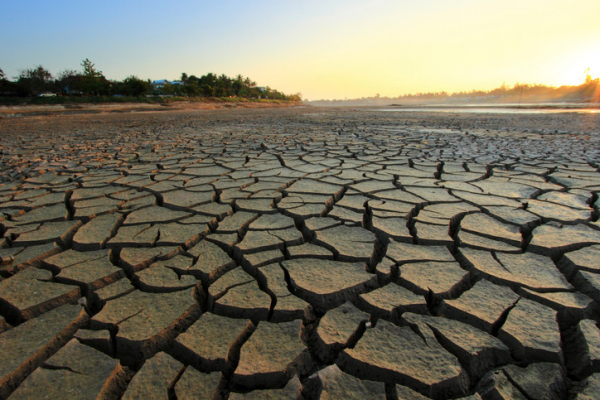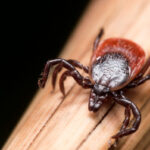What is a drought?
A drought is a prolonged dry period without rain. In the last few decades, droughts are occurring more frequently worldwide.
With climate change, rising temperatures are making many regions dry within the US and beyond. Here’s how to recognize potential harms if drought has a grip where you live, and actions you can take to stay healthy.
How do droughts affect our world?
The downstream effects of droughts on the planet and our health are complex. One example is water shortages, which can harm crops, livestock, and aquatic life. This compromises food supplies, drives up prices, and worsens food insecurity and malnutrition. Trees, which offer shade during hot weather and help counter climate change, may die during severe droughts. Droughts are making some parts of the world uninhabitable, leading to climate migration.
How can droughts harm health?
There are many ways, big and small, through which dryer conditions harm health.
Droughts play a role in diseases
During droughts, lower water flow leads to stagnation. This can
- increase the concentration of health-harming water pollutants in streams, rivers, and reservoirs
- contribute to harmful algal blooms that can cause skin or gastrointestinal problems
- offer breeding grounds for mosquitoes that carry diseases.
And as water levels drop, the water also becomes warmer. This can foster the growth of pathogens (like some viruses, protozoa, and bacteria). If your drinking water is from a private well, this may be a particular concern for you.
Also, farmers may be more likely to use recycled water for irrigation during droughts. This may lead to more infectious agents like E. coli or Salmonella harbored on crops.
Droughts contribute to poor air quality
The dry conditions during droughts lend themselves to wildfires. That’s an immediate threat to local communities, but also can send harmful wildfire smoke to more distant regions, depending on wind patterns.
Droughts can also lead to dust storms that carry and transport microorganisms, allergens like pollen, and other polluting particulate matter. This can increase the risk of infections, like Valley fever, and worsen respiratory illnesses, such as asthma, chronic obstructive pulmonary disease (COPD), and other lung conditions.
One more challenge is reduced availability of the renewable hydropower energy. Dry periods often coincide with high temperatures. The increased energy demand may require utilities to shift to using more-polluting fossil fuel sources, which further increases the greenhouse gas emissions that cause climate change.
We can all take steps to keep the air we breathe healthier — whether or not drought is contributing to worse air quality where we live.
What can we do to lessen the impact of droughts?
Around the planet, groundwater is stored in natural spaces called aquifers. As overused groundwater aquifers dry up due to drought combined with demands from people and agriculture, more countries face water scarcity. There is growing interest in solutions like treating wastewater for reuse and in desalination of ocean water, though these alternatives come with their own challenges.
To address the drought problem, the US has created the National Integrated Drought Information System (NIDIS) to coordinate research, drought monitoring, and a drought early warning system.
What actions can you take to stay healthy during a drought?
- Stay hydrated. But also stay informed on the quality of your drinking water, especially if you rely on well water. You can contact local water authorities for information on public water quality.
- Check for local advisories on harmful algal blooms before going in the water to swim or allowing pets to swim.
- Follow your local air quality on AirNow.gov, which offers daily information on local air quality. The site also tracks wildfires, and offers guidance on when to minimize your time outdoors and downloadable guides to protect yourself when air quality is unhealthy.
- Be careful about recreational water activities like boating and diving during droughts when the water level may be down.
- Follow Smokey Bear’s advice on how to prevent wildfires.
- If your community is experiencing a drought and water shortage, the Environmental Protection Agency (EPA) provides some tips on home water conservation. But even during water shortages, it is important to not skip hand hygiene and washing fruits and vegetables. And if you are using a rain barrel to conserve water, using a fine mesh screen can help keep away mosquitoes (which only need a teaspoon of water to lay their eggs).
About the Author

Wynne Armand, MD, Contributor
Dr. Wynne Armand is a physician at Massachusetts General Hospital (MGH), where she provides primary care; an assistant professor in medicine at Harvard Medical School; and associate director of the MGH Center for the Environment and … See Full Bio View all posts by Wynne Armand, MD










Leave a Reply